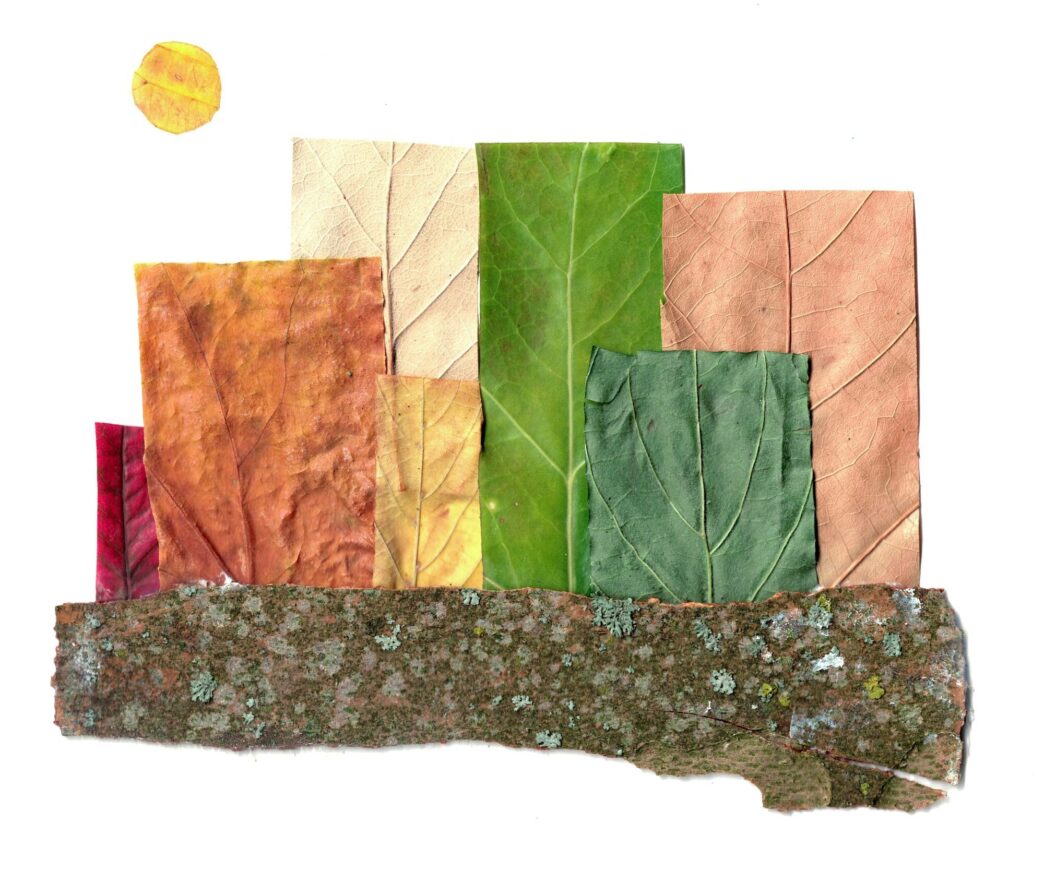Executive Summary
The Story So Far
Why This Matters
Who Thinks What?
Land preservation, often perceived solely as an environmental endeavor, is increasingly recognized by businesses and landowners as a strategic financial tool that can significantly enhance their bottom line. For individuals and corporations alike, engaging in thoughtful land conservation practices—whether through easements, sustainable management, or ecological restoration—can unlock a surprising array of financial benefits, ranging from substantial tax incentives and operational cost reductions to enhanced brand value and the creation of new revenue streams. This approach proves that responsible stewardship can indeed be a powerful engine for long-term economic growth and profitability, transforming environmental responsibility into a core business advantage.
Understanding Land Preservation as a Business Strategy
Traditionally, land has been viewed primarily as a resource for development or extraction. However, a growing number of forward-thinking businesses are redefining this perspective, seeing preserved land not as a lost opportunity, but as a multi-functional asset that provides both ecological and economic value.
This strategic shift involves integrating conservation principles directly into business models, whether for agricultural enterprises, real estate developers, manufacturing operations, or even service-based companies. It moves beyond simple compliance, aiming to leverage natural capital for competitive advantage and long-term financial health.
Direct Financial Incentives and Tax Advantages
One of the most immediate and tangible benefits of land preservation comes in the form of significant tax advantages. These incentives are designed to encourage landowners to protect valuable natural resources.
Conservation easements are a prime example, allowing landowners to voluntarily restrict future development on their property while retaining ownership. Donating a conservation easement can result in substantial federal income tax deductions, often equal to the appraised value of the development rights foregone.
Beyond income tax, preserving land can also offer considerable estate tax benefits by reducing the taxable value of an estate, helping families retain their land across generations. Many states and local municipalities also provide property tax reductions or exemptions for land under conservation, lowering annual holding costs.
Navigating these complex tax structures requires expert guidance. Landowners should consult with qualified legal and financial professionals to maximize these benefits and ensure compliance with all regulations.
Enhancing Brand Reputation and Customer Loyalty
In today’s market, consumers, investors, and employees increasingly prioritize sustainability and corporate social responsibility. Businesses that actively engage in land preservation can significantly bolster their brand reputation.
By demonstrating a tangible commitment to environmental stewardship, companies can attract eco-conscious customers who are willing to pay a premium for sustainable products and services. This commitment also appeals to investors focused on Environmental, Social, and Governance (ESG) criteria, potentially leading to lower capital costs and broader investor appeal.
Furthermore, a strong environmental ethic can enhance employee morale, attract top talent, and foster a positive corporate culture. This differentiation in the market can translate directly into increased sales, stronger customer loyalty, and a more resilient brand.
Operational Cost Savings Through Ecosystem Services
Healthy ecosystems provide invaluable “services” that can directly reduce a company’s operational expenses. Preserving land often means preserving these natural functions.
For instance, wetlands naturally filter water, reducing the need for costly artificial water treatment systems. Forests and green spaces can mitigate stormwater runoff, protecting infrastructure and lowering flood insurance premiums. Healthy soils, supported by preserved landscapes, can reduce the need for synthetic fertilizers and pesticides in agricultural operations.
These natural infrastructures act as cost-effective alternatives to engineered solutions, contributing to significant long-term savings. They also provide benefits like improved air quality and climate regulation, which can positively impact employee health and productivity.
Real Estate Value and Development Opportunities
Even for real estate developers, land preservation can be a strategic asset. Approaches like “conservation development” cluster homes on a portion of the land, preserving significant open space for natural habitats or recreational use.
Properties adjacent to or within well-managed preserved lands often command premium prices due to the enhanced aesthetic appeal, access to nature, and perceived quality of life. The unique amenities provided by conserved land can increase market desirability and long-term appreciation.
For landowners, strategically preserving portions of their property can enhance the value of the remaining developable parcels, leading to higher overall returns than sprawling, undifferentiated development. It represents a thoughtful approach to land use that maximizes both ecological and economic value.
Mitigating Risks and Ensuring Resilience
Land preservation plays a crucial role in mitigating various business risks, particularly in an era of increasing environmental scrutiny and climate volatility. Proactive conservation can help businesses meet and exceed regulatory compliance standards, avoiding potential fines and legal challenges.
Furthermore, healthy, preserved ecosystems enhance resilience against climate change impacts. Wetlands and coastal marshes can buffer against storm surges, while forests can help prevent soil erosion and moderate local temperatures. This natural protection safeguards physical assets and ensures business continuity.
By investing in the health of the surrounding environment, businesses reduce their exposure to disruptions caused by extreme weather events or resource scarcity, securing their long-term operational stability.
Unlocking New Revenue Streams
Beyond cost savings and brand benefits, land preservation can open doors to entirely new income-generating opportunities.
Carbon Credits and Environmental Markets
Projects like reforestation or avoided deforestation on preserved land can generate verifiable carbon credits. These credits can then be sold to other companies seeking to offset their greenhouse gas emissions, creating a direct financial return from ecological restoration and conservation.
Ecotourism and Recreational Activities
Preserved natural areas are ideal for developing sustainable ecotourism ventures. Charging for access to hiking trails, birdwatching opportunities, hunting leases, or other recreational activities can create a steady stream of revenue. Partnerships with local tour operators can further amplify these opportunities.
Sustainable Resource Management
Even working lands can be preserved while generating income through sustainable practices. This includes responsible timber harvesting, cultivation of non-timber forest products, or organic farming that maintains soil health and biodiversity. These practices can command premium prices in niche markets.
Strategic Long-Term Investment
Land, especially well-managed and preserved land, remains a tangible and often appreciating asset. Investing in land preservation can be seen as a strategic diversification of an investment portfolio, offering a hedge against inflation and market volatility.
For families and private landowners, it offers an opportunity for legacy building, ensuring that valuable natural resources and the associated financial benefits can be passed down through generations. The long-term returns, while sometimes indirect, contribute significantly to sustained wealth and well-being.
Navigating the Path to Preservation: Considerations
While the benefits are substantial, embarking on land preservation requires careful planning. There can be upfront costs associated with surveys, legal fees, and developing comprehensive management plans.
Conservation easements, by their nature, involve perpetual restrictions on land use, which can be complex and require thorough understanding. Engaging with experienced land trusts, environmental lawyers, and financial planners is crucial to navigate these complexities and ensure that preservation goals align with financial objectives.
A Healthier Balance Sheet Through Stewardship
The strategic integration of land preservation into business models offers a compelling argument for its financial viability, moving beyond altruism to demonstrate tangible economic benefits. From substantial tax advantages and boosted brand equity to reduced operational costs and new revenue streams, conserving land represents a prudent, long-term investment.
Businesses and landowners who embrace these practices not only contribute to ecological health but also position themselves for sustained profitability and resilience in an increasingly environmentally conscious market. This holistic approach proves that a healthy planet can indeed lead to a healthier balance sheet, creating enduring value for both stakeholders and the environment.








